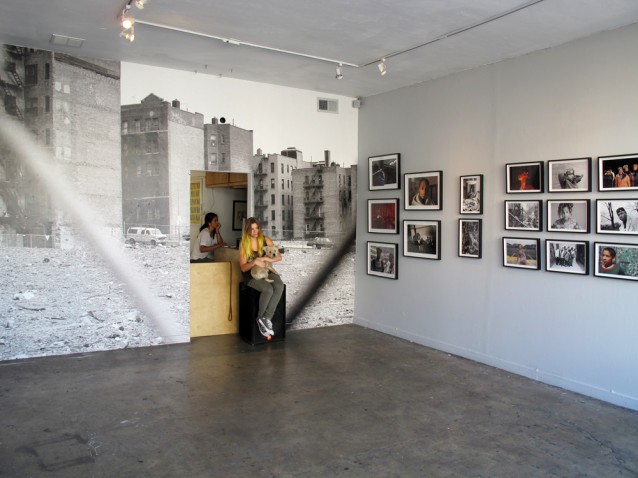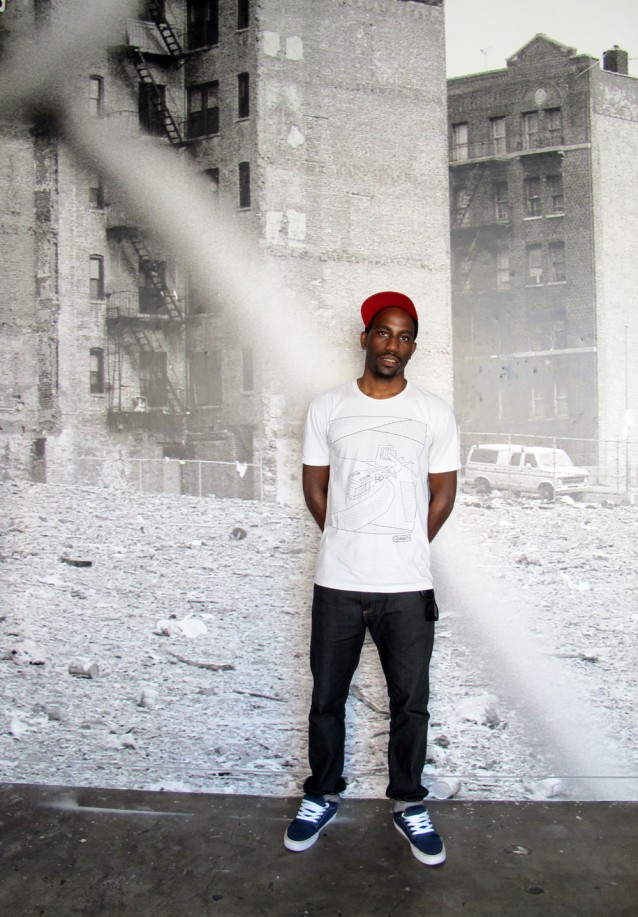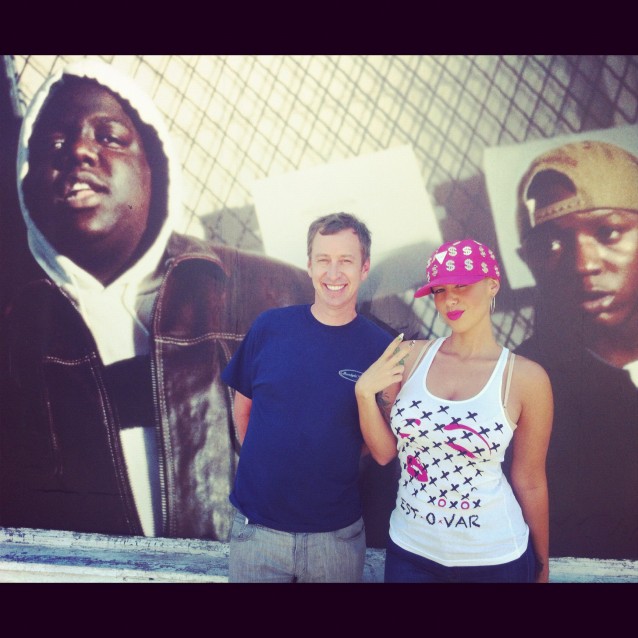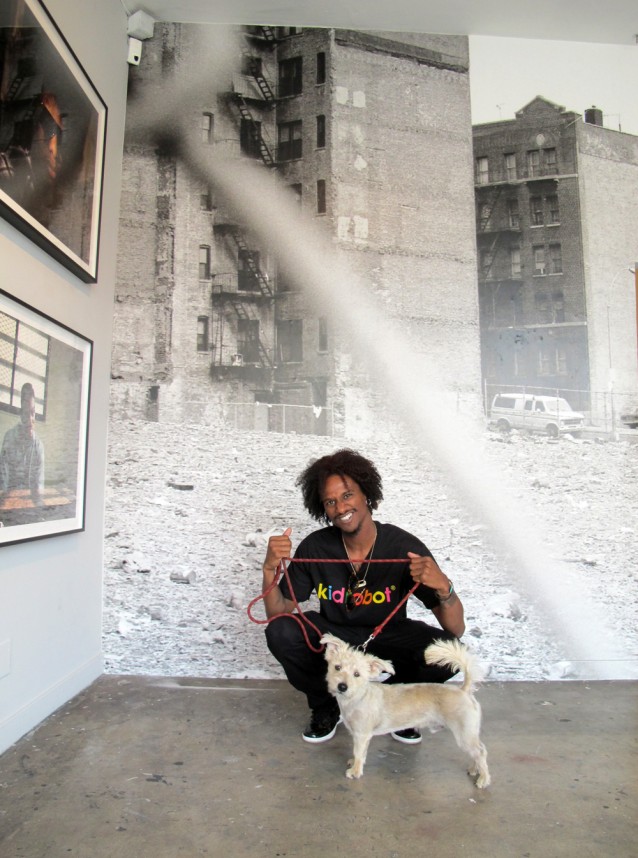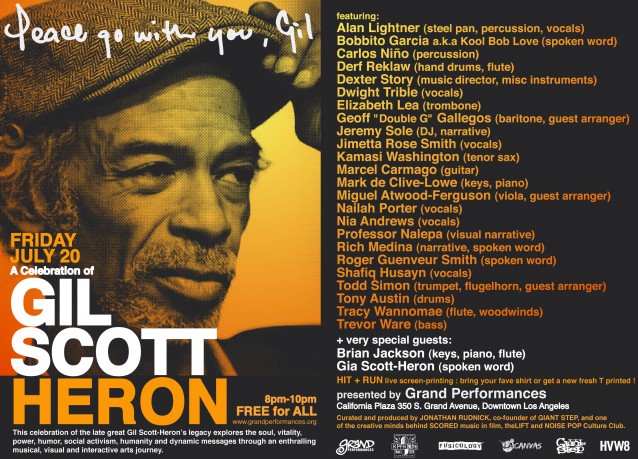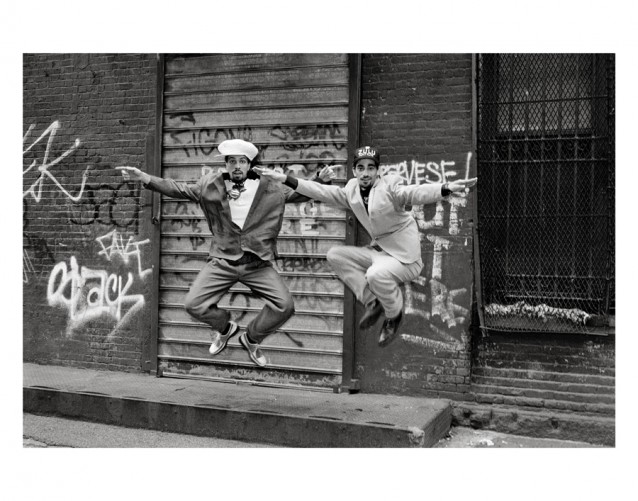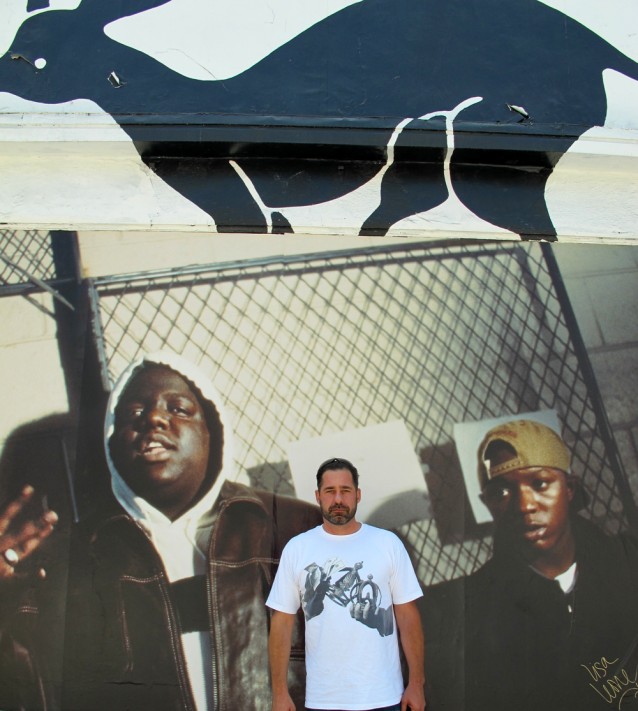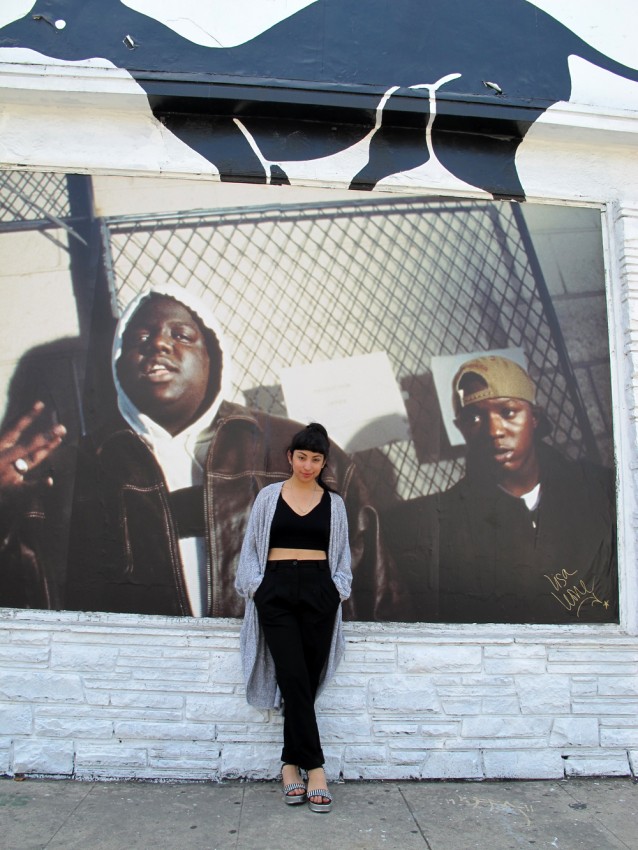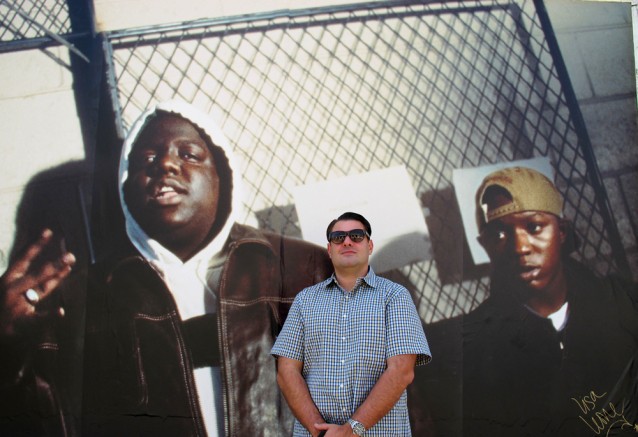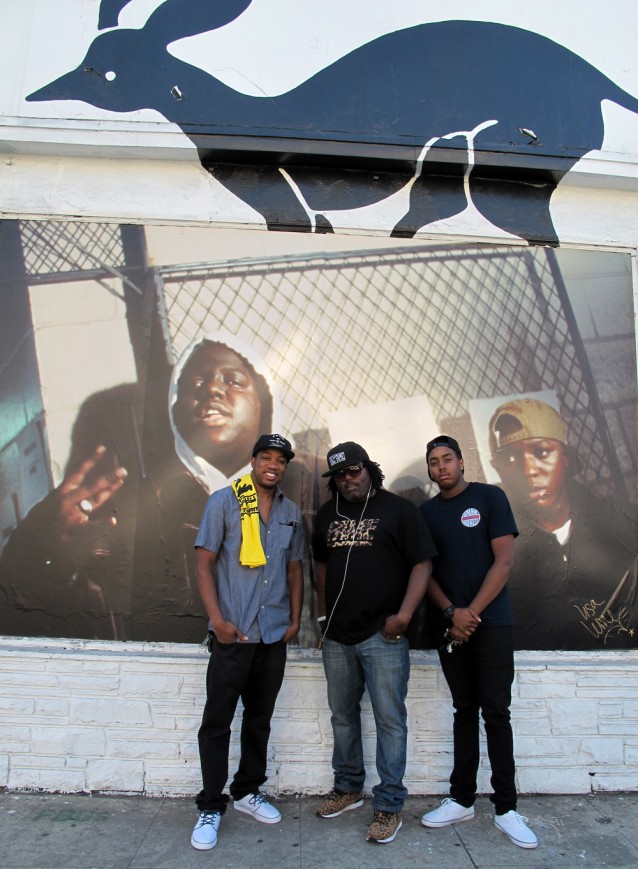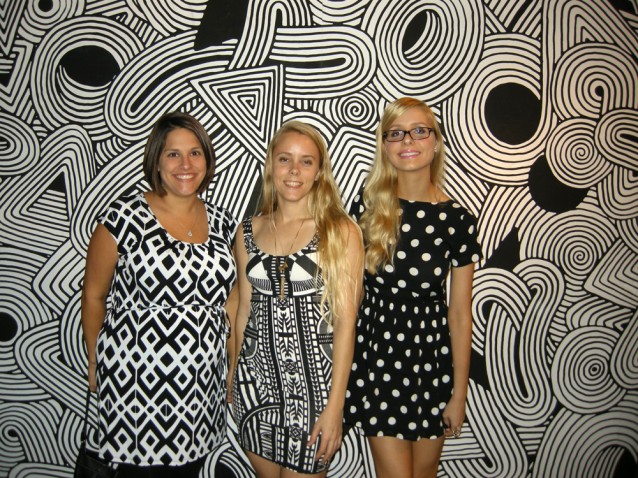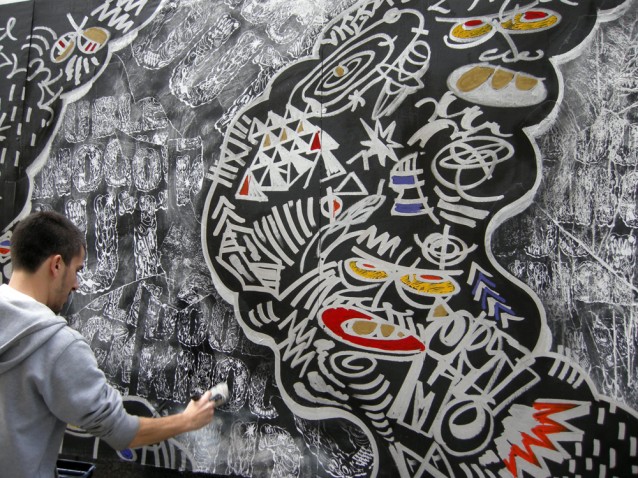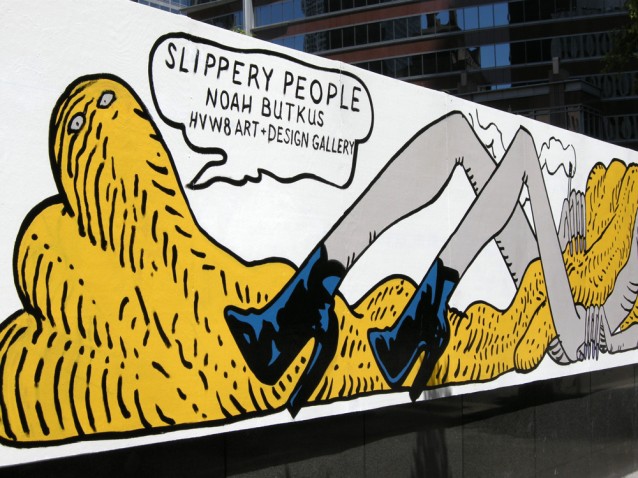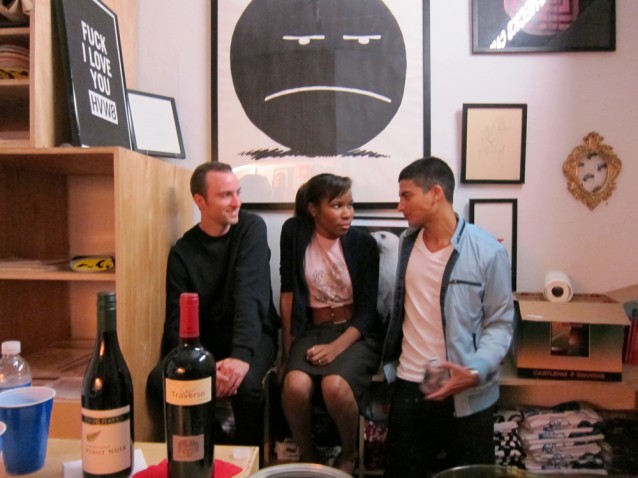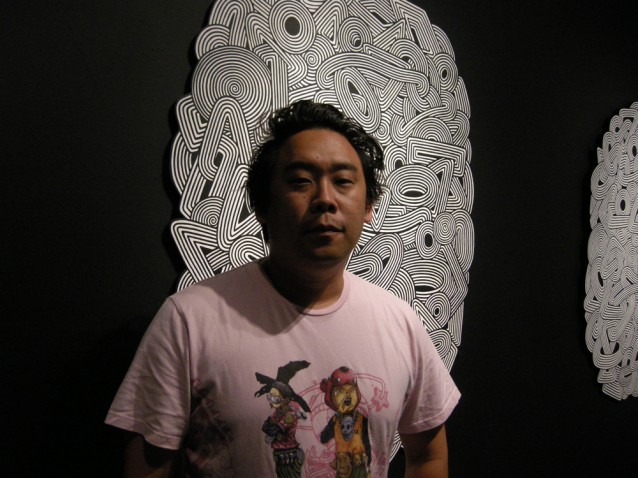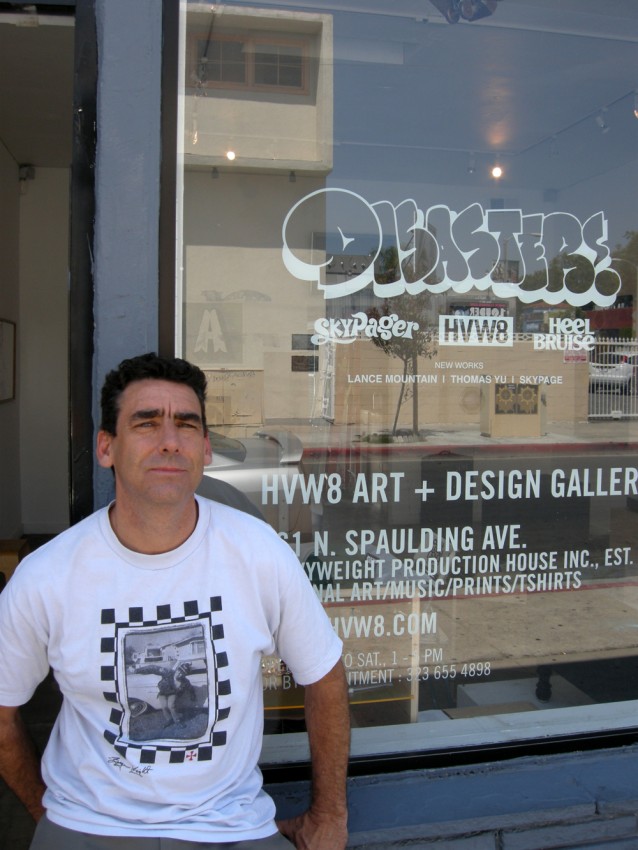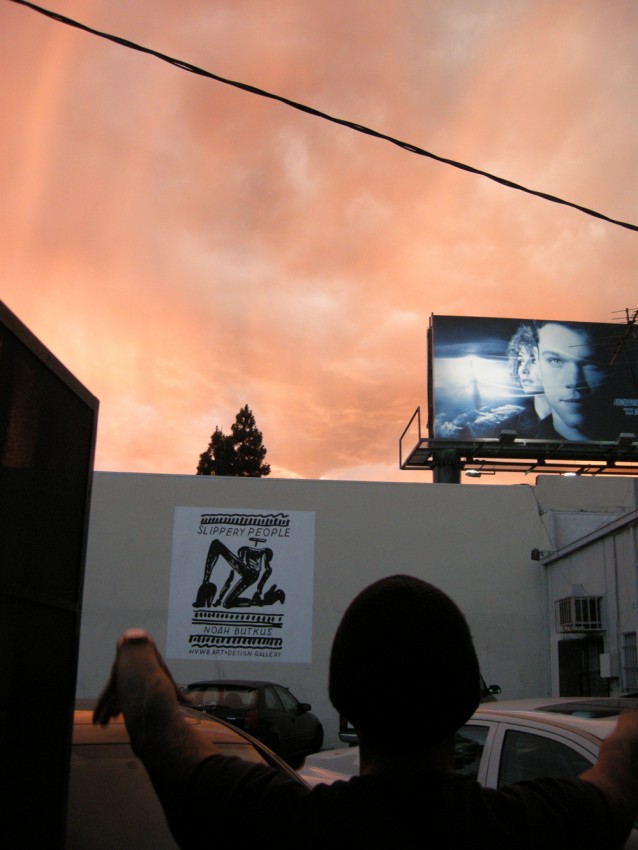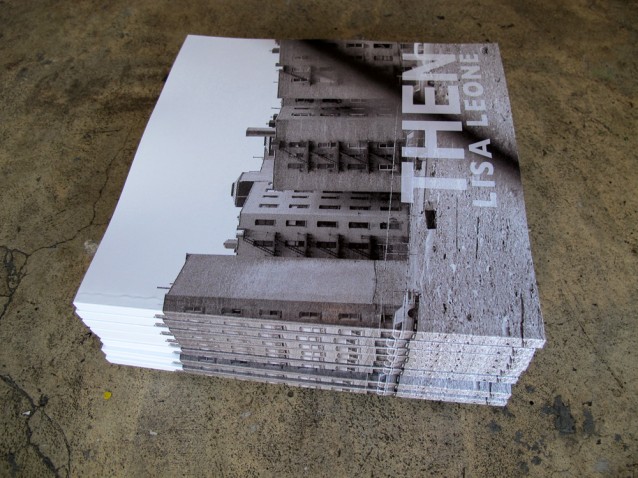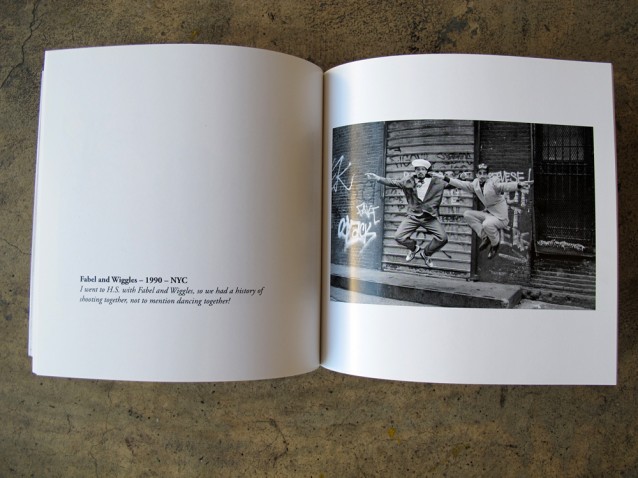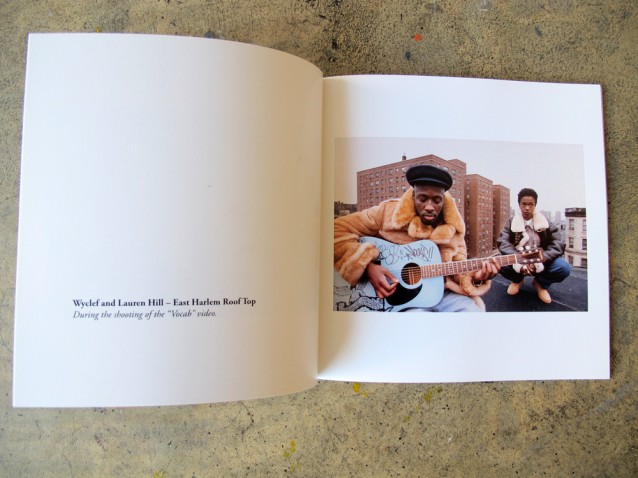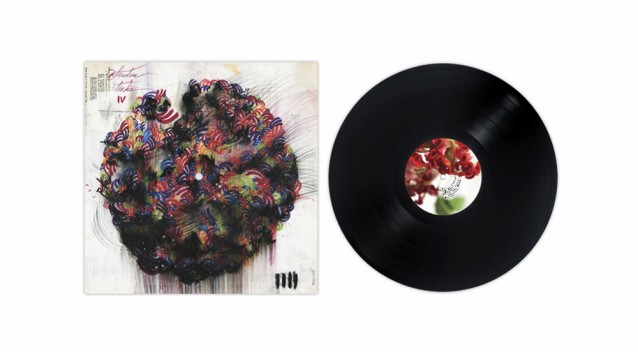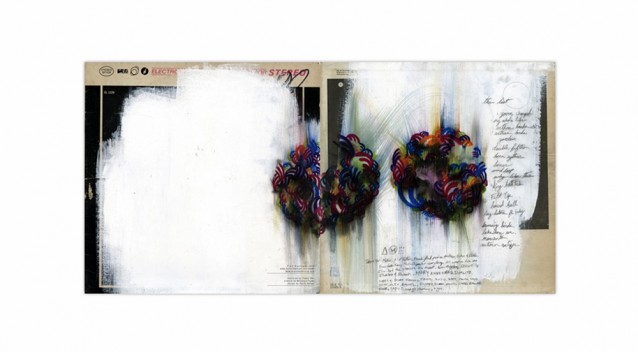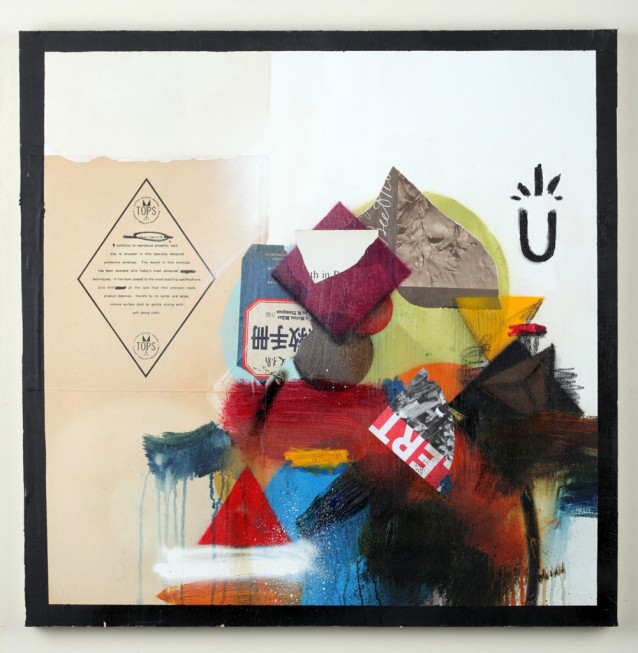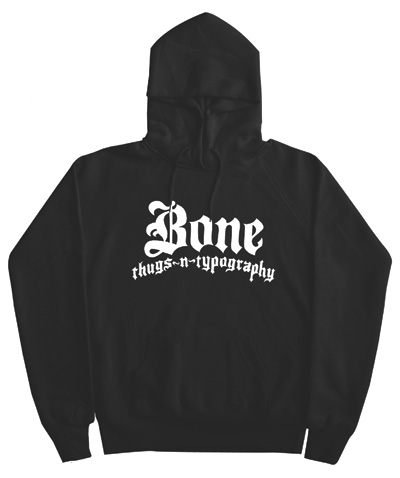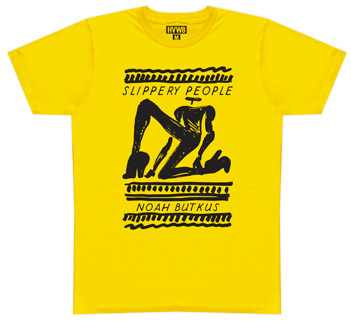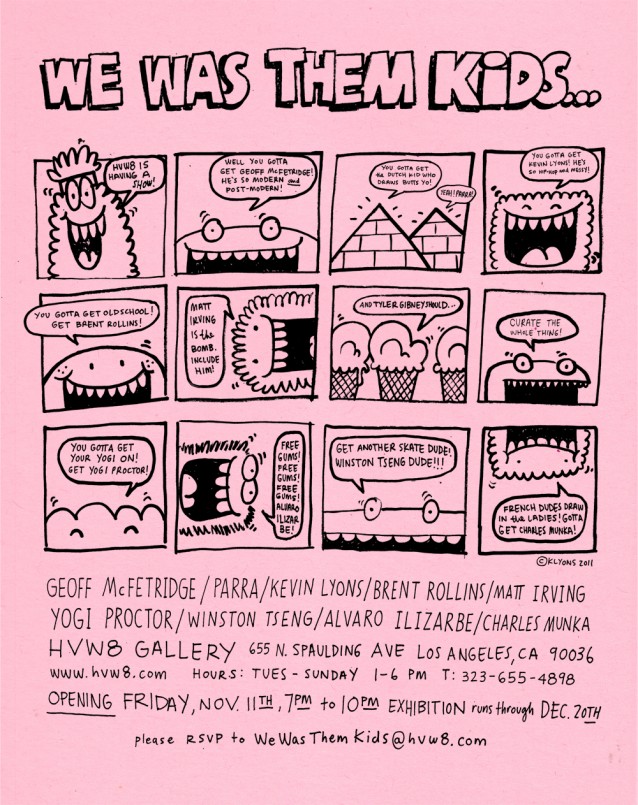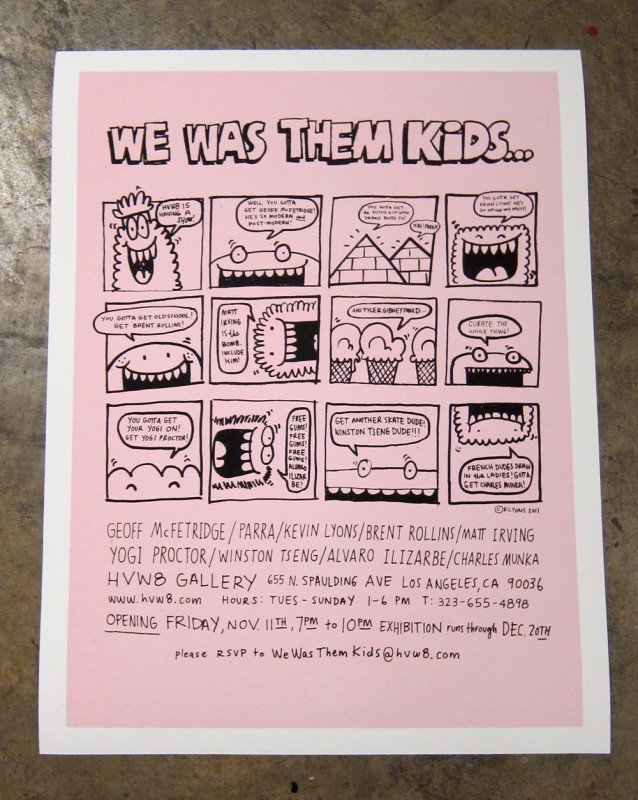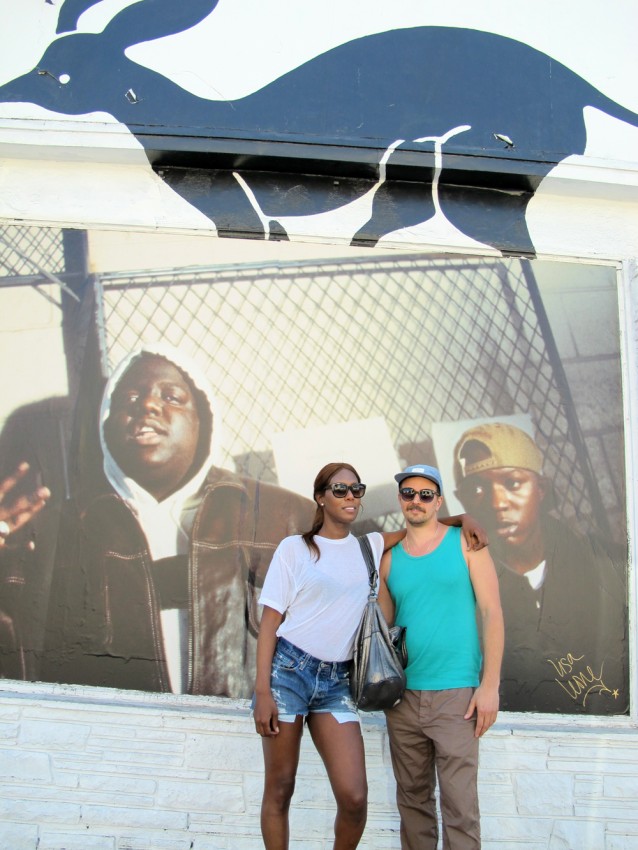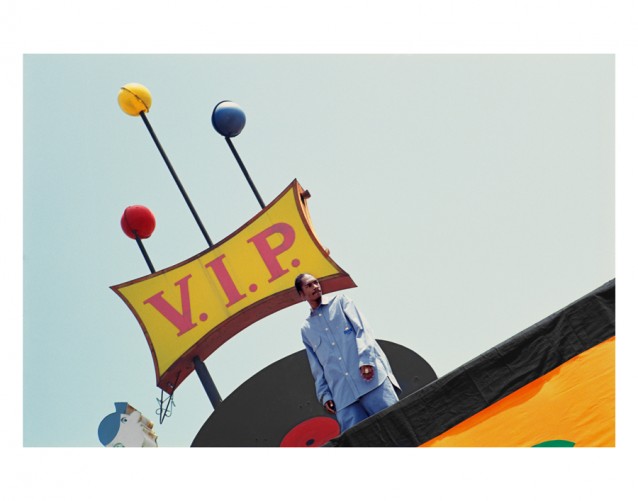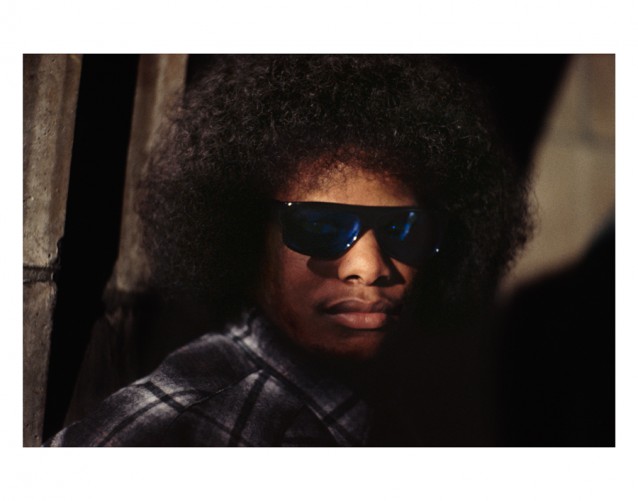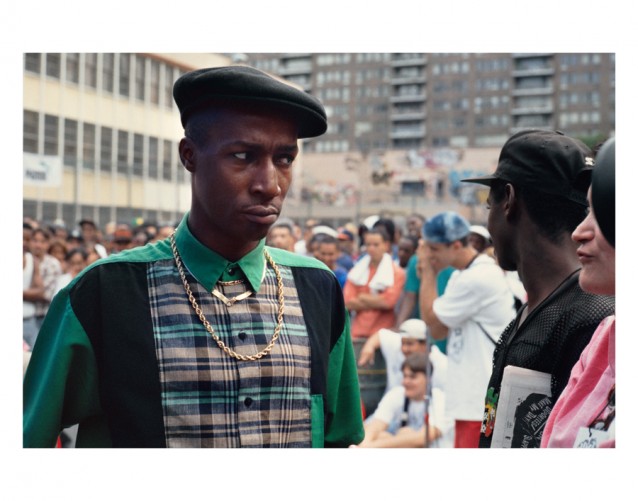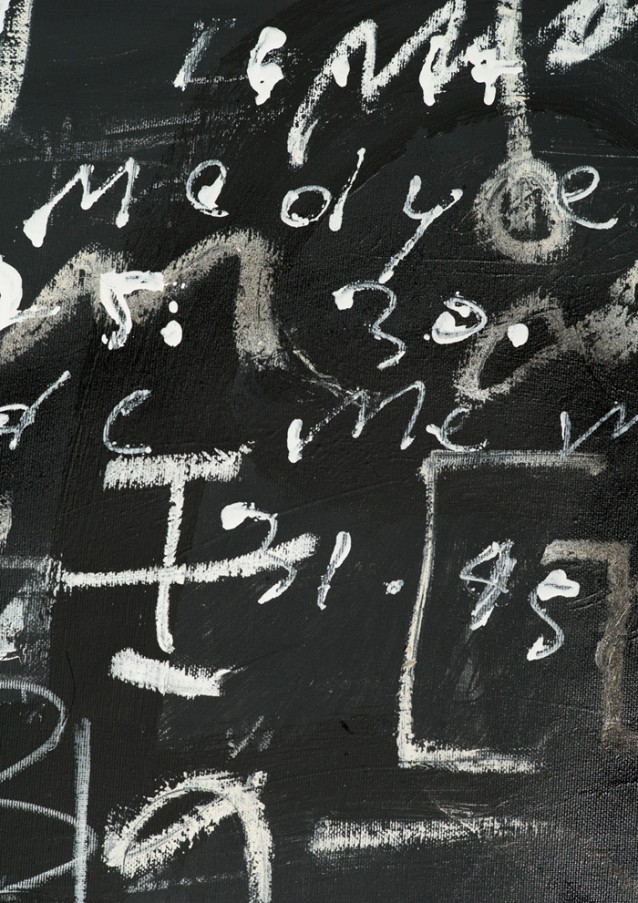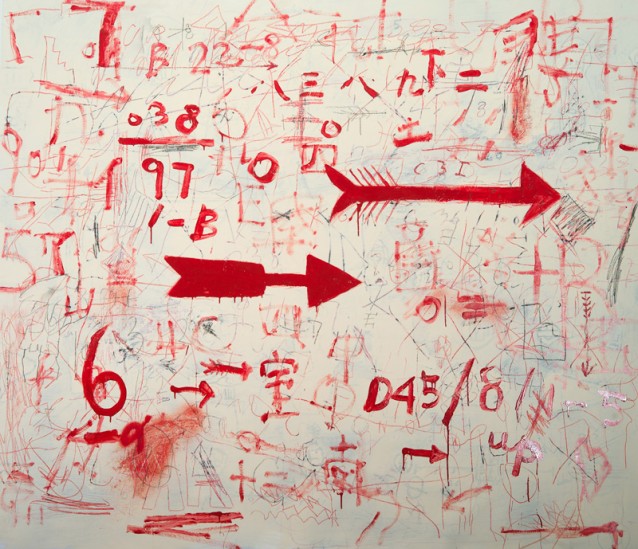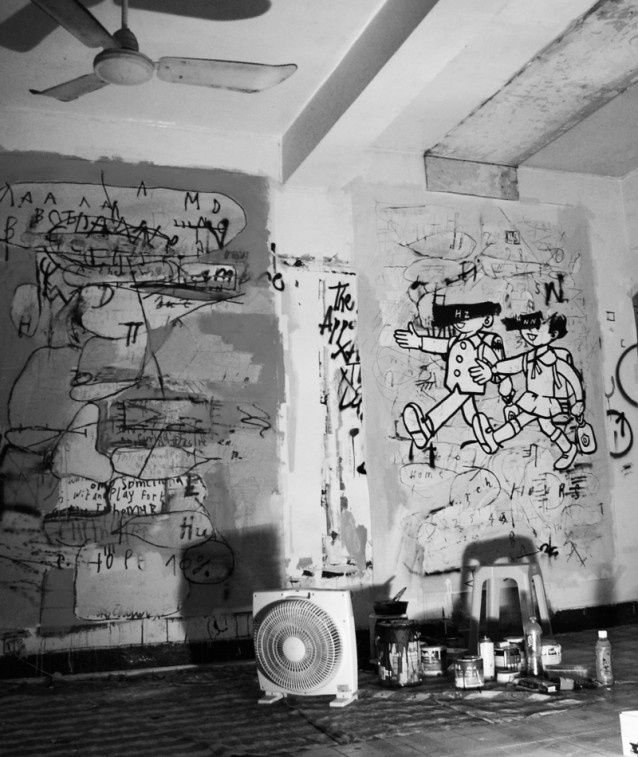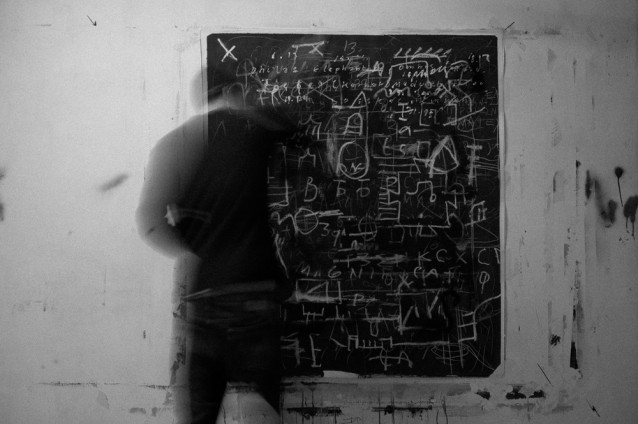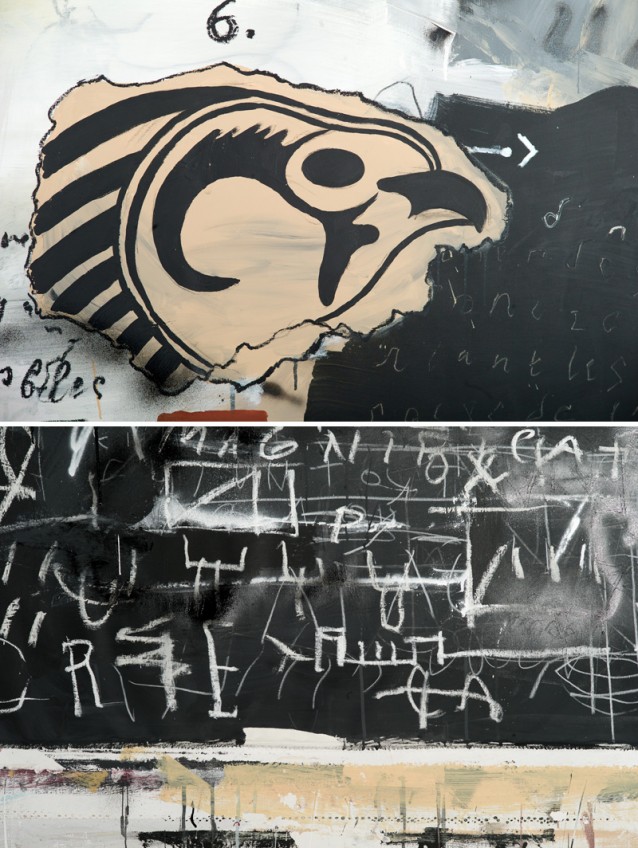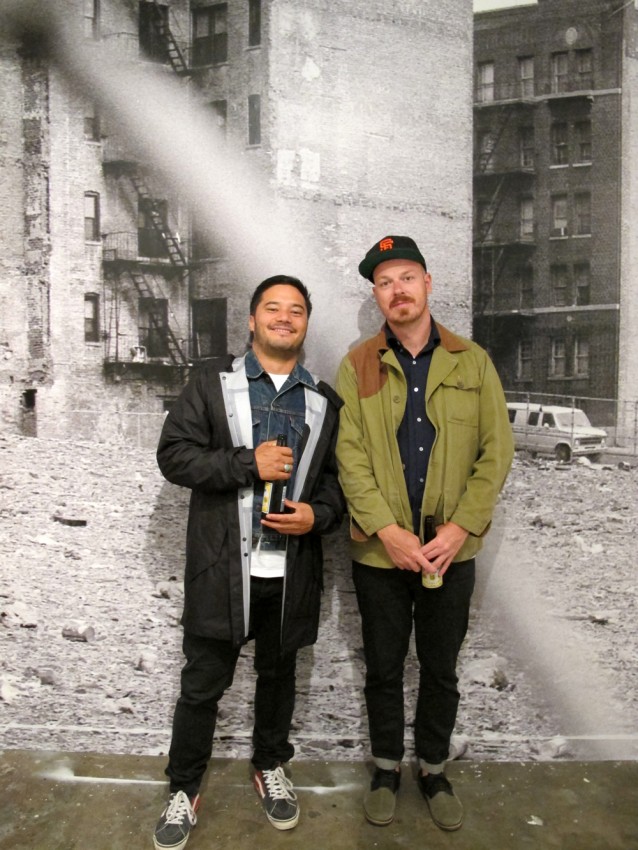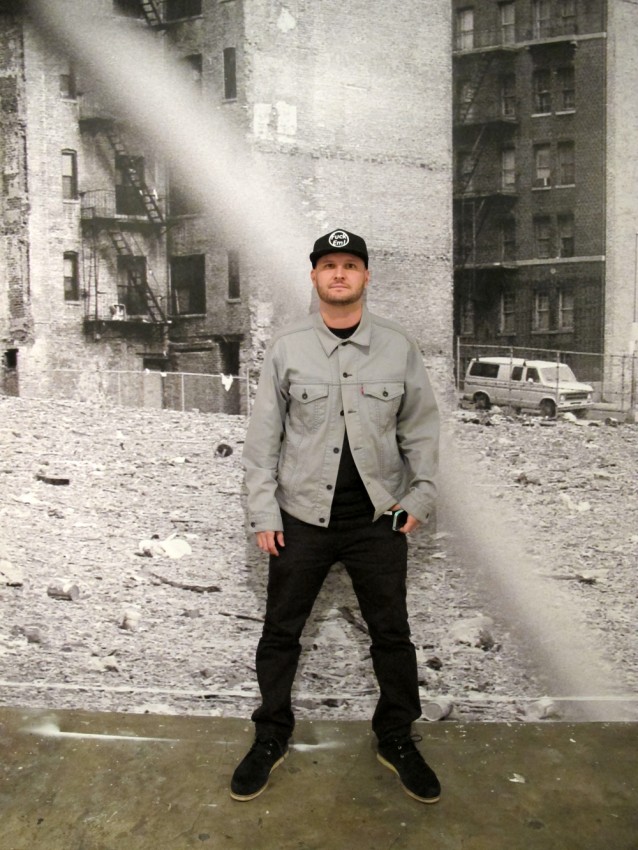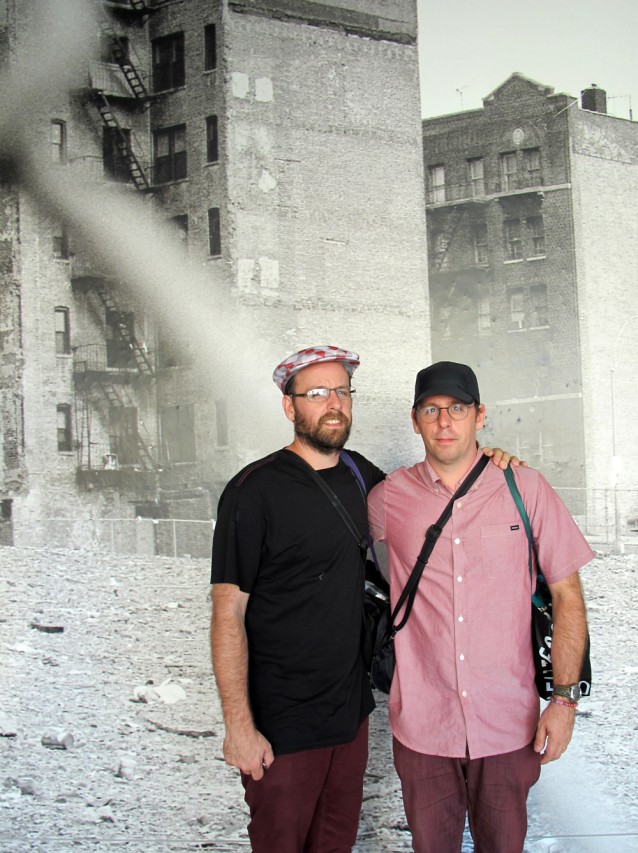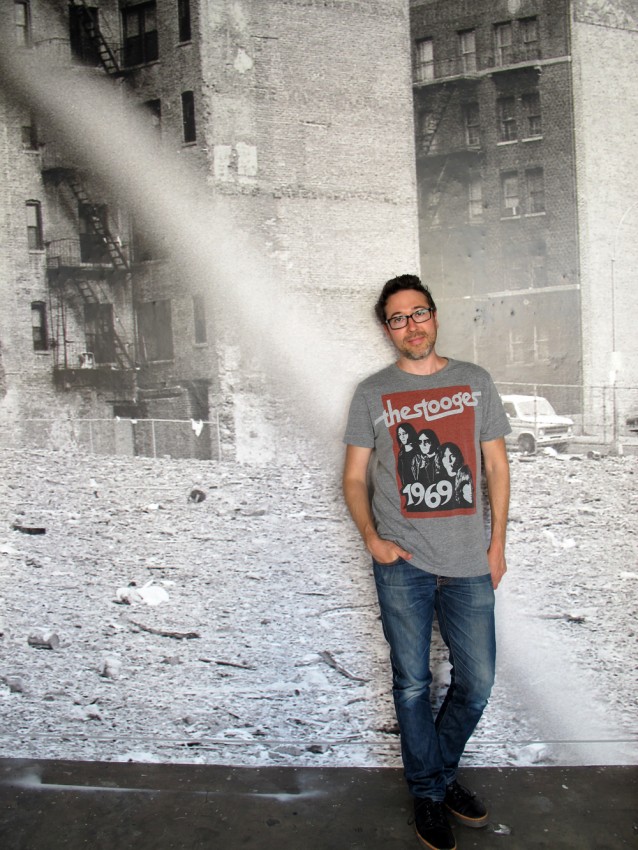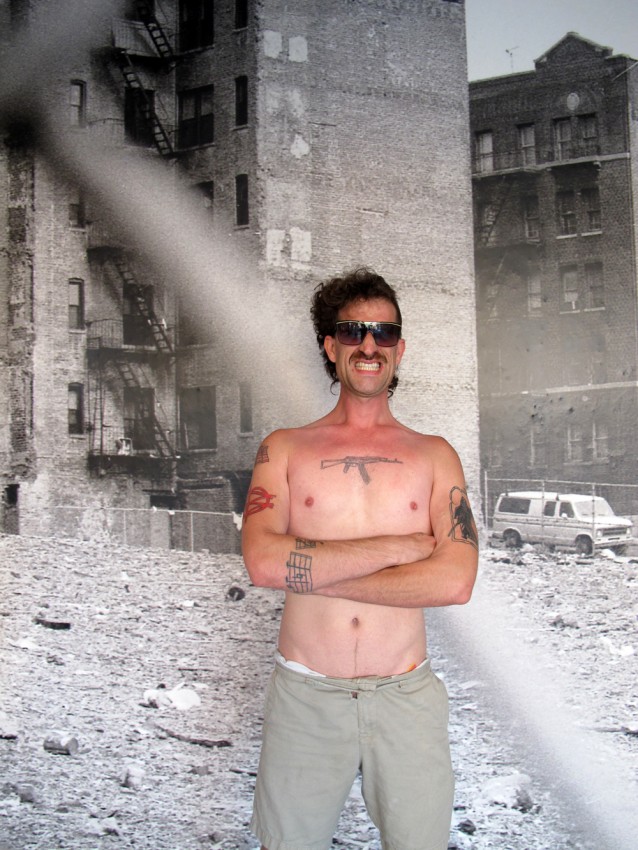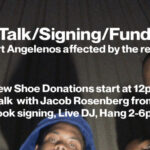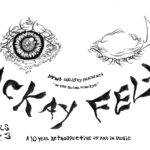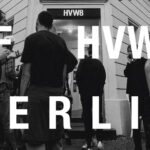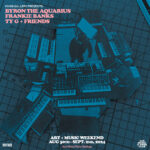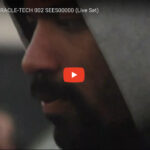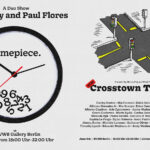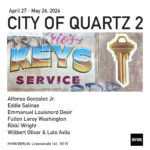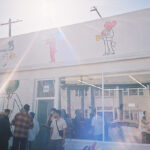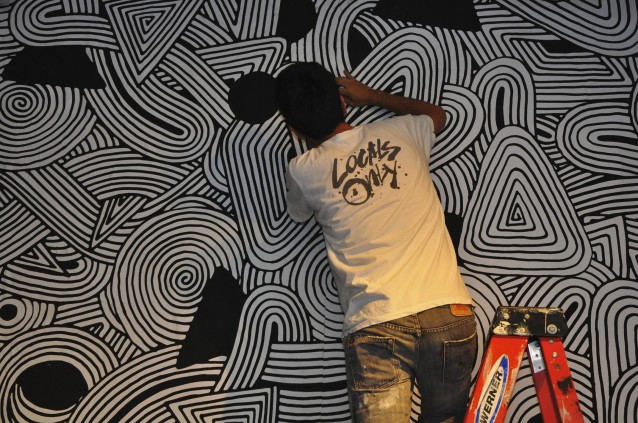
Why Are Miami’s Best Artists Moving to Los Angeles?
reposted from the Miami New Times.
In 2006, hundreds of Miami Beach sunbathers stared in awe as a bizarre procession paraded down the South Beach sand. Eighteen giant helium balloons — shaped like vampire rabbits, volcanoes, and eerily smiling black spheres — floated along while the Hialeah Senior High School marching band blasted a jazz tune.
It was a breakout Art Basel moment for a tag team that has since become one of Miami’s most hailed artistic collaborations: Samuel Borkson and Arturo Sandoval III, better known as FriendsWithYou. Since that fair, the team has repped the Magic City around the globe, from the High Line in New York City to Scope Art Fair’s featured platform.
No longer. The artists known for their line of plush and wooden toys, magical installations, bounce houses, and rainbow-hued environments are now taking their talents out West. And they’re not alone.
“We love Miami, but collectors here just don’t support our work,” Borkson says. “The truth is that most collectors who purchase our work are located elsewhere.”
Borkson says fellow local A-list artists Jen Stark — a New Times MasterMind Award winner in 2010 known for her paper cutouts — Alvaro Ilizarbe, Pres Rodriguez, and Raul Sanchez will also relocate to Los Angeles this summer. L.A. promises better access to collectors and more room to grow than Miami, he says.
“A lot of our work is being collected out there,” Borkson says. “We are going to move to a place called Silver Lake near downtown with Jen and Alvaro and just rented a huge studio space near the L.A. MOCA downtown.”
Borkson says FWY’s new digs will be called “the Gem” and boast 4,600 square feet in a two-story building he says is the perfect playground for their plans. The move should concern anyone worried about Miami’s art scene — which already suffers from the perception that it’s a once-a-year affair revolving around Basel.
As much as FriendsWithYou supported and helped fuel the 305’s artistic explosion, his group had to follow the financial support West, Borkson explained.
“Our main goal is to keep our vision pure and not just about the money,” he says. “As much as we love Miami, the move is about being in a place where we can be part of a movement, where more money is invested in culture, and we will be more nurtured by people to continue making art that impacts others’ lives.”
Stark agrees that L.A. is a wide open market for Miami talent and says that she and Ilizarbe have already lined up exhibits in two separate galleries to kick off the upcoming season there.
“I think Miami does have some good support structure for some artists and [I] still love it here, but Los Angeles has a lot of opportunities to offer, and that’s why we decided to move there. This September I’ll be showing at the Martha Otero Gallery and Alvaro will be showing at the HVW8 Gallery,” Stark says. “It’s a great time to move there and try new things for the next couple of years.”




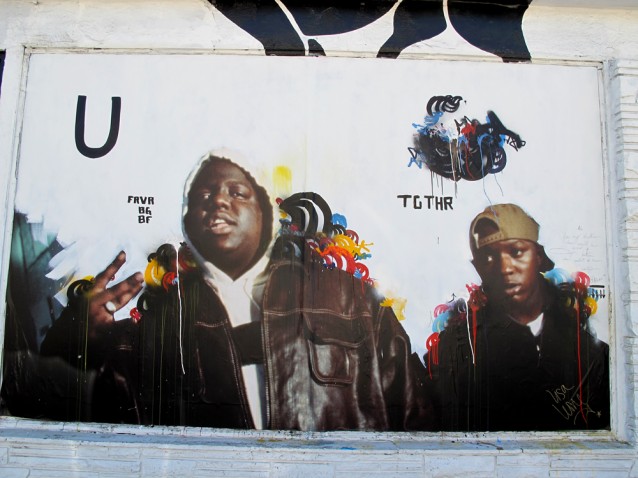
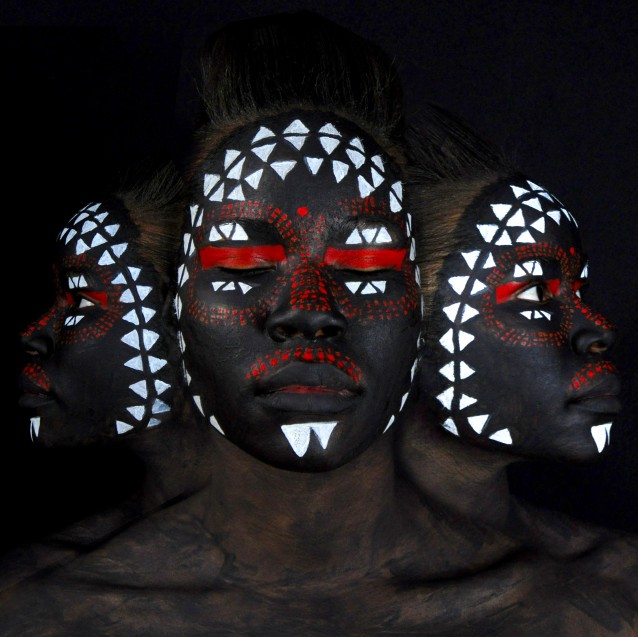




















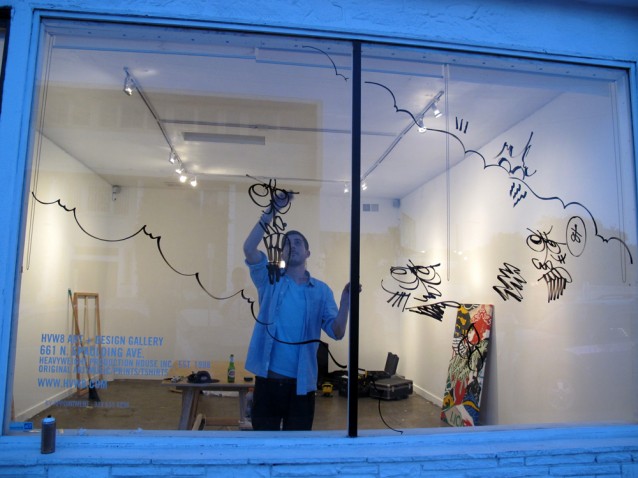
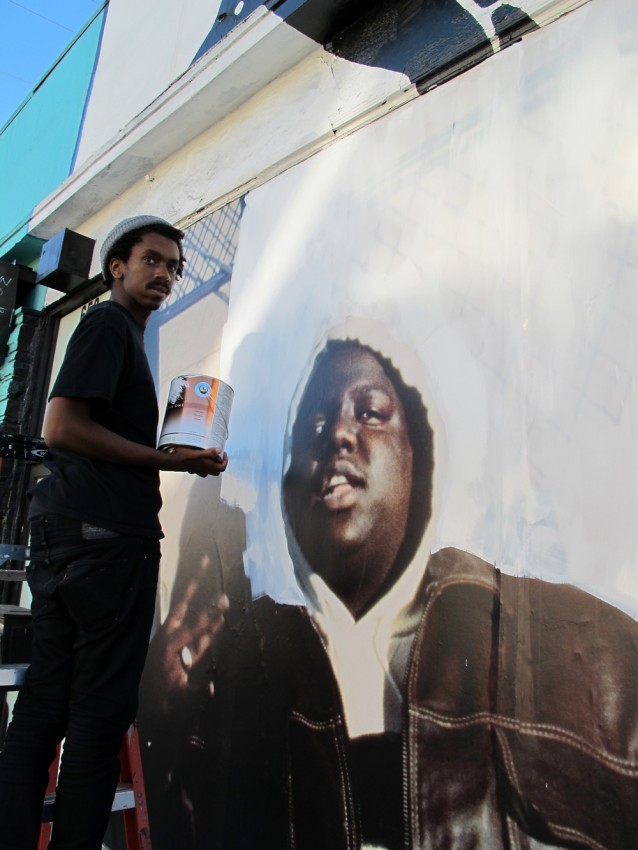
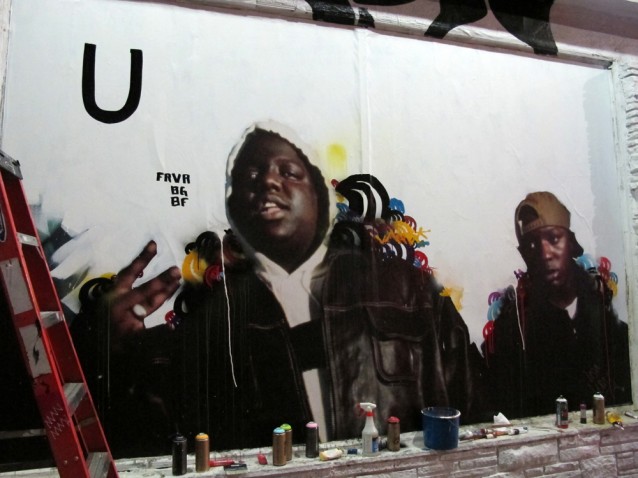
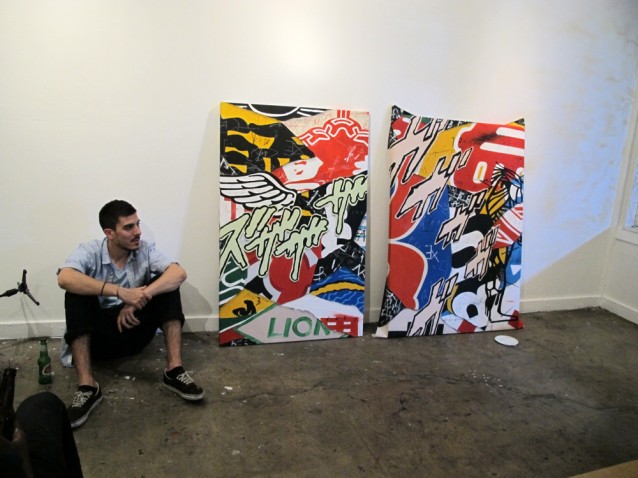
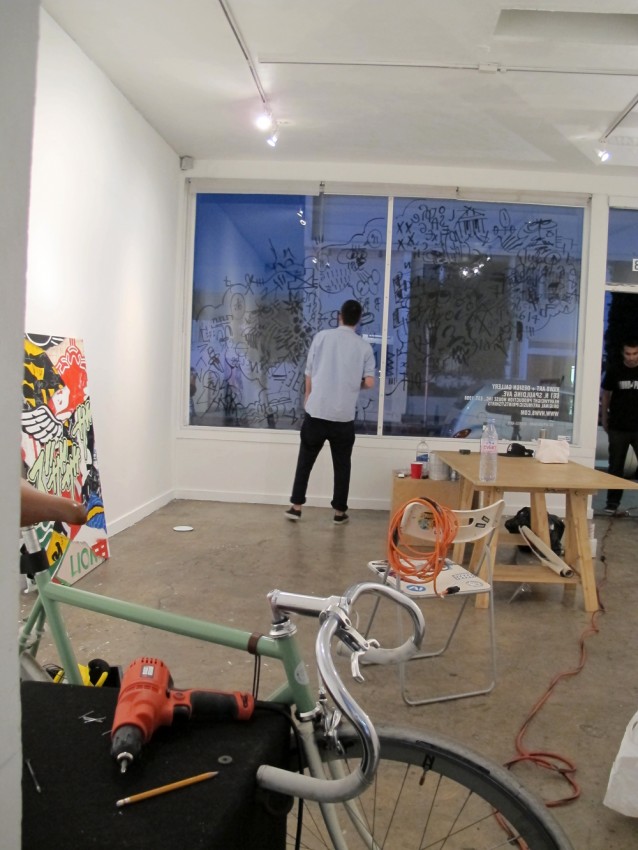
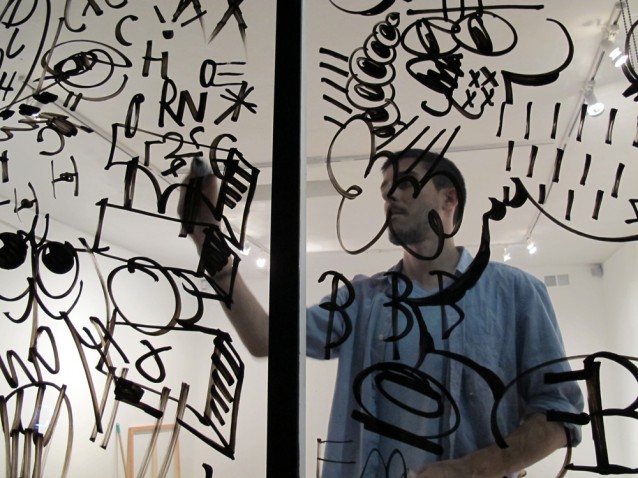
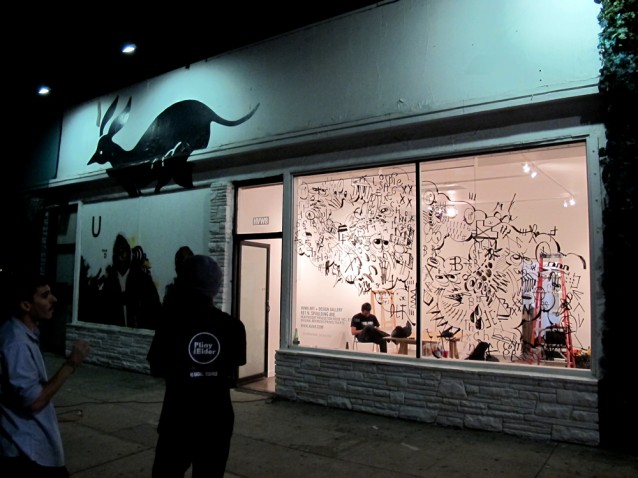
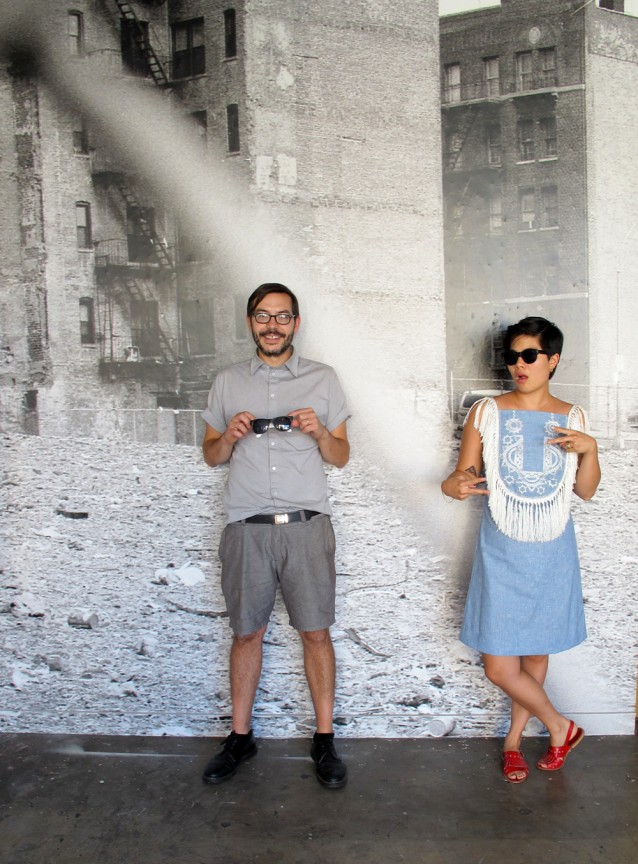



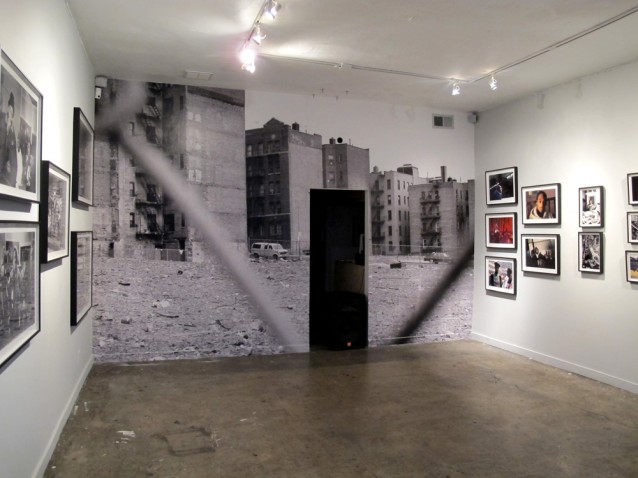
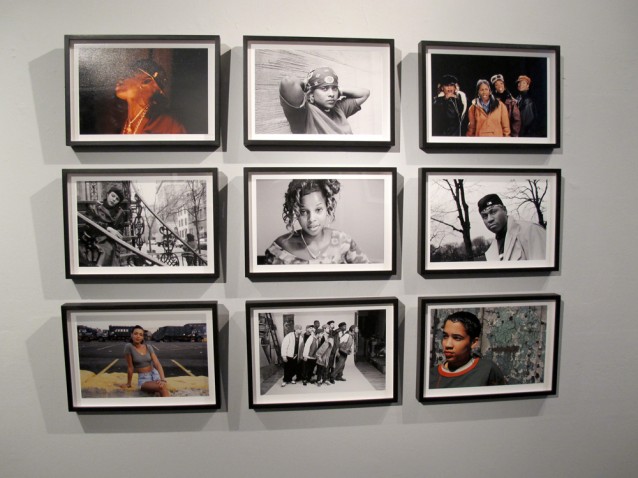
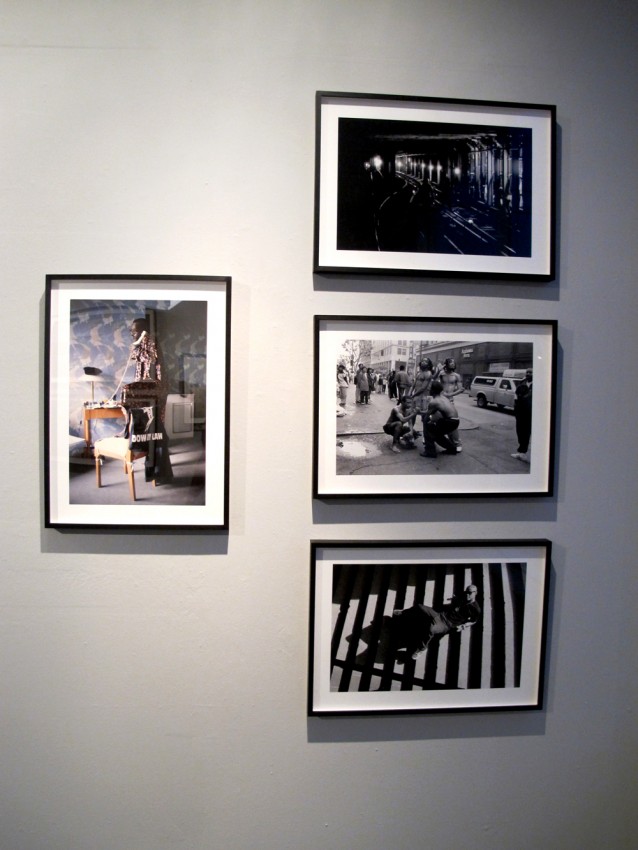
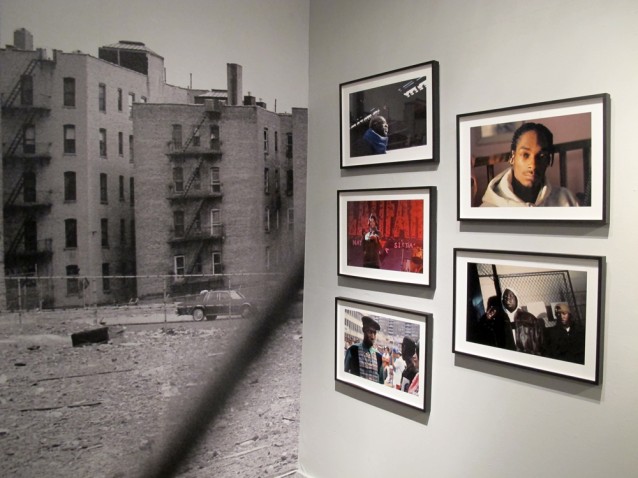
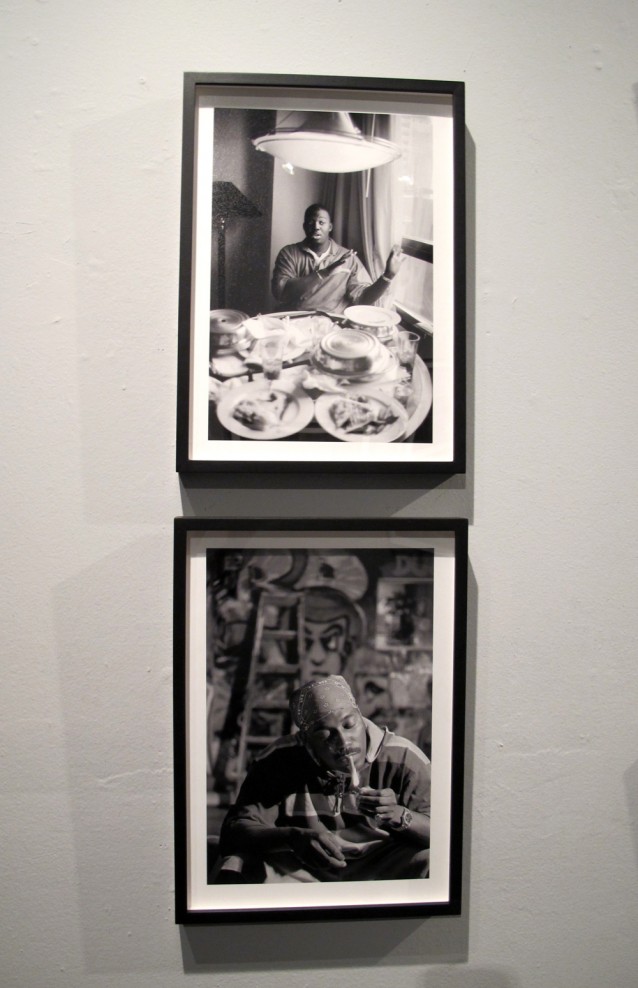
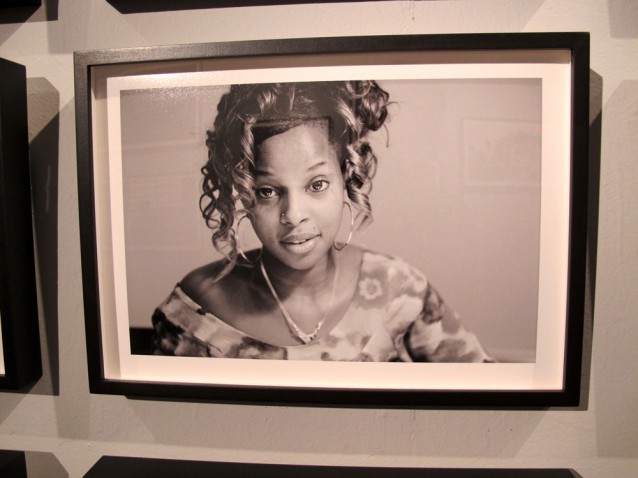
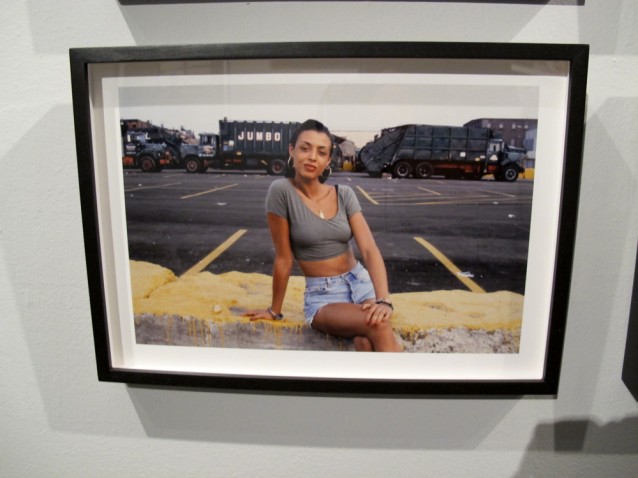
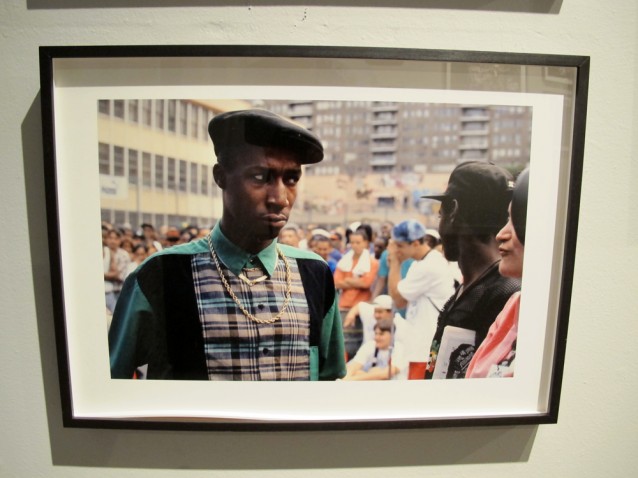
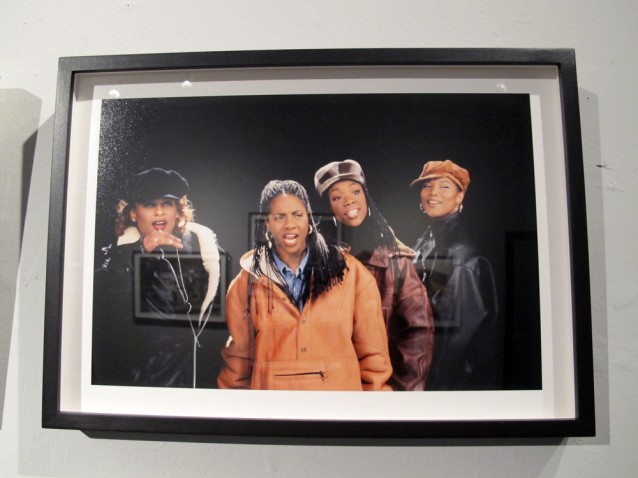
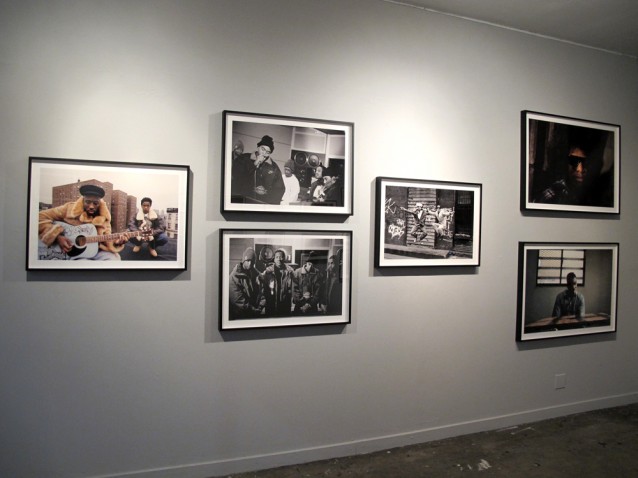
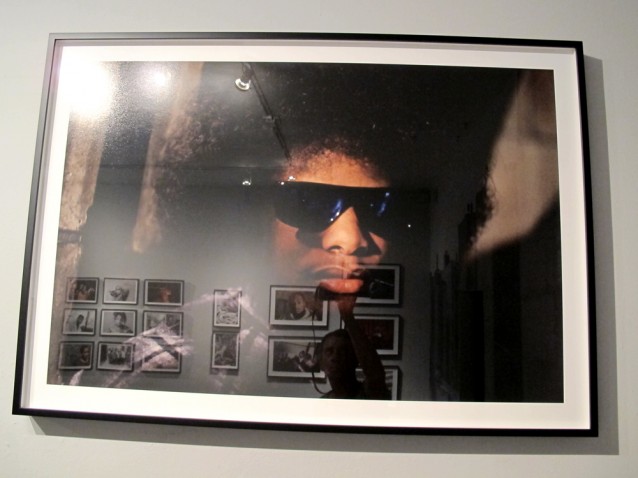
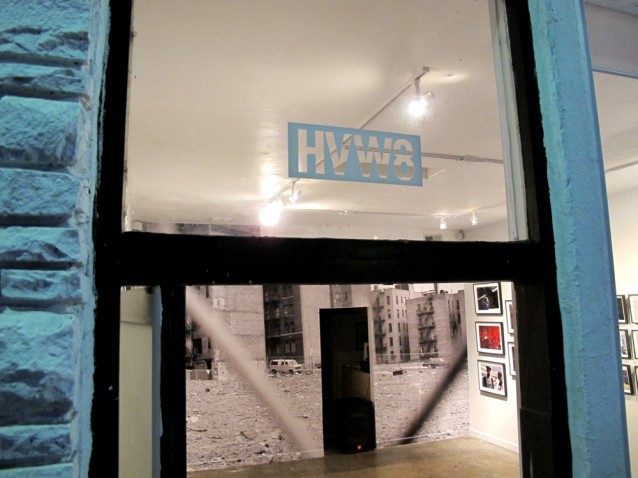
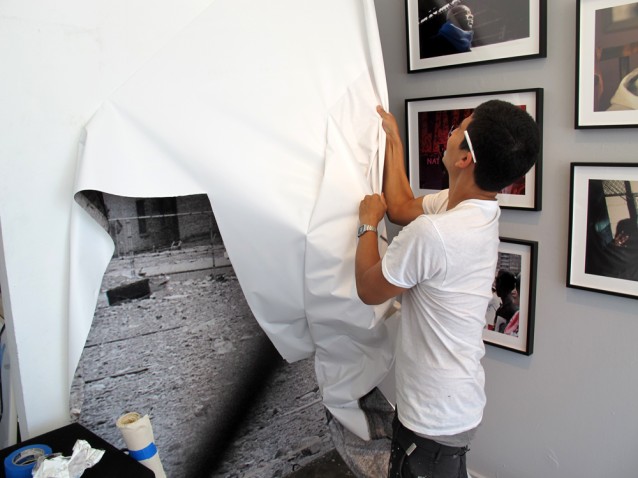
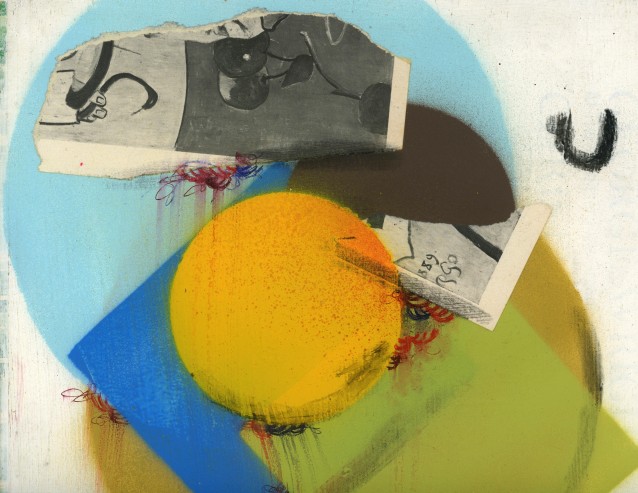
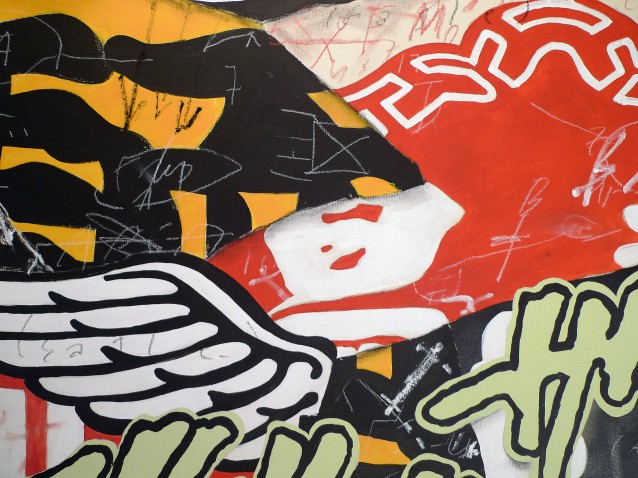
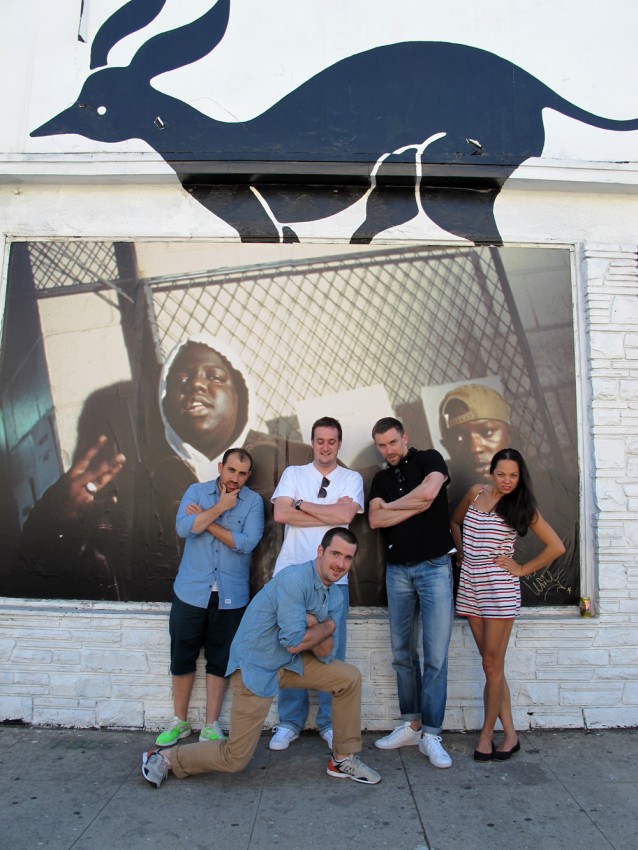
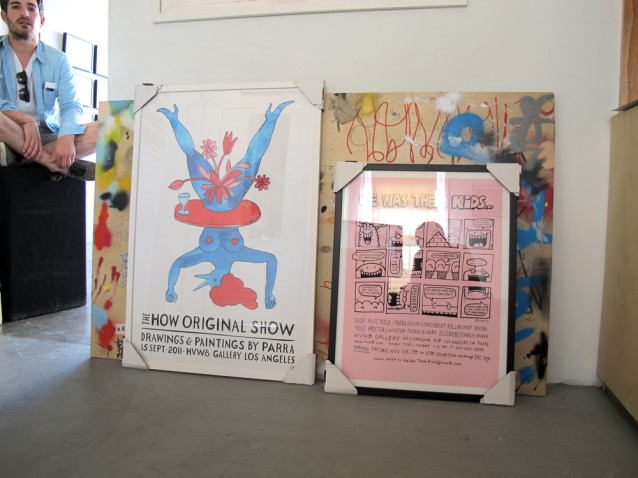

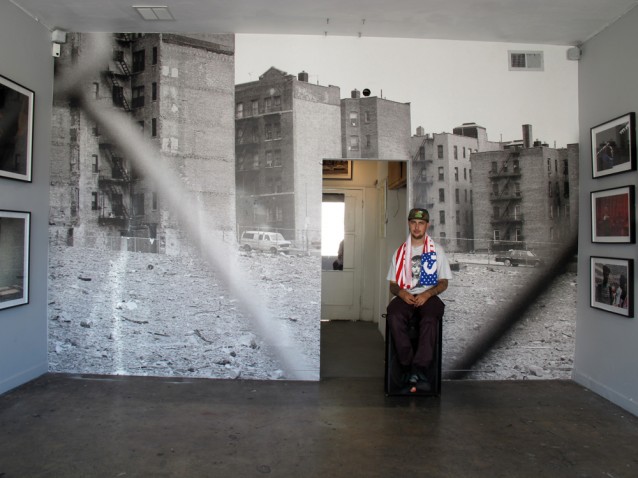
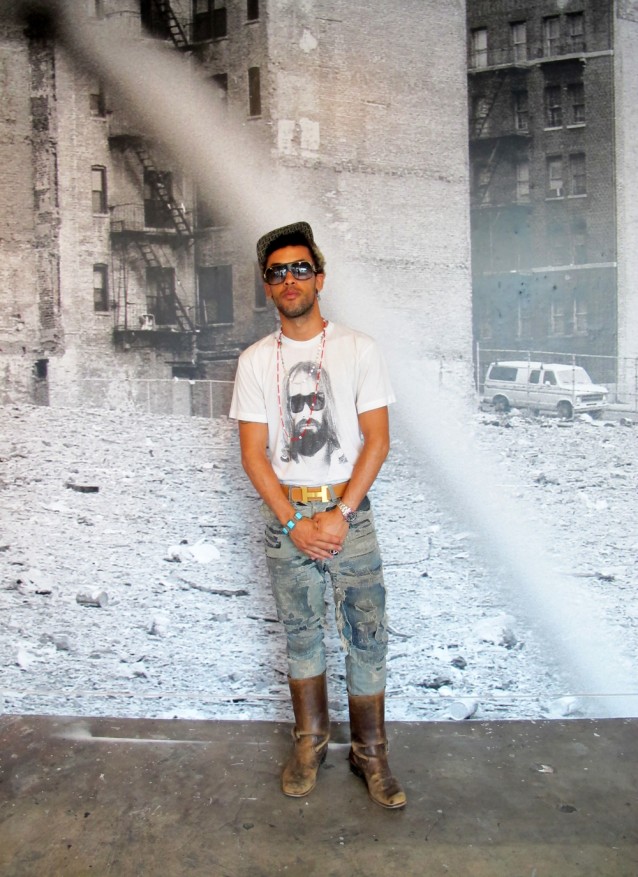
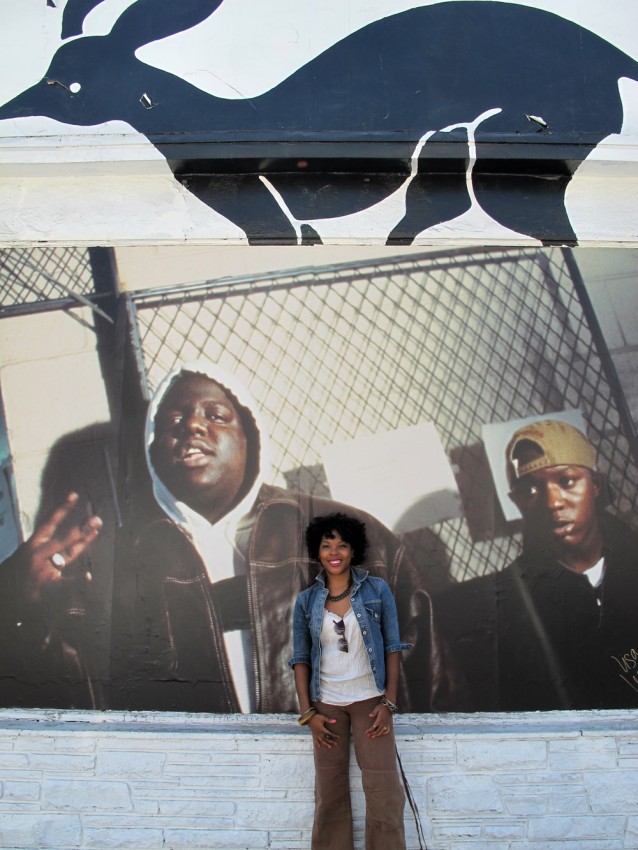 Ursula
Ursula
